
The Lost and Found Collection: il surf anni ’70 in un eccezionale archivio fotografico
Doug Walker in conversazione con Pier Francesco Verlato [ENGLISH BELOW].
Era una domenica di primavera nel 2007 quando al Rose Bowl di Pasadena in California si teneva, come ogni secondo fine settimana del mese, il mercatino dell’antiquariato più famoso d’America. Fu lì che Doug Walker, pubblicitario, videomaker e surfista, si imbatté in alcune scatole colme di negativi: scatti fotografici di surf anni ’70 tra la contea di Ventura e quella di Los Angeles, passando per Orange, San Diego e Oahu nelle Isole Hawaii. Ebbe così inizio la storia di uno degli archivi più straordinari mai realizzati.
[Pier Francesco Verlato] La vita ha subito un radicale cambiamento per te una mattina del 2007 mentre ti trovavi al mercatino dell’antiquariato del Rose Bowl a Los Angeles. Che cos’è successo?
[Doug Walker] Fu uno di quei momenti nella vita in cui ciò che desideravo si allineò con ciò che il mondo aveva da offrirmi. La cosa più strana avvenne 48 ore prima, quando, tornato a casa quel venerdì, trovai mio figlio di 17 anni che compilava le domande per l’università. Sono salito al piano di sopra e ho detto a mia moglie “wow, il tempo è volato! Devo tornare a fare surf”. L’ho detto a lei perché, essendo cresciuto a Los Angeles, il surf era stata una parte importante della mia vita ma, quando ci siamo trasferiti nella Bay Area di San Francisco avevo due figli piccoli, e dovevo essere di sostegno anche in casa. In quel momento la sua risposta è stata: FALLO! Il giorno successivo era sabato e lei sapeva che stavo partendo per LA per un impegno di lavoro, ma era corsa a comprarmi una nuova telecamera (una SONY MINIDV). Quando sono tornato a casa me l’ha consegnata dicendomi “Vai a creare qualcosa”.
Sono volato a LA quel sabato e, appena ho potuto, sono corso al mio residence a Santa Monica, ho lasciato le mie cose, ho preso la tavola e sono andato verso nord per fare surf. Dopo aver surfato, ho tirato fuori la telecamera e ho iniziato a filmare l’oceano e i surfisti. Quando il sole è calato, sono andato al mio ufficio e ho caricato le riprese nel computer. Ho iniziato a montare il video e ho deciso che avrei fatto surf l’indomani e poi avrei continuato a filmare. Ma i programmi sono cambiati.
Sabato sera tardi mia cugina ha saputo che mi trovavo in città e mi ha chiesto “cosa fai domani?” “Surf”, le ho risposto, ma lei ha detto “Andiamo al mercatino dell’antiquariato del Rose Bowl!” Ho sempre avuto fortuna al Rose Bowl: andavo in cerca di tutto ciò che riguardasse il surf, lo skate, l’arte, la fotografia e, in generale, la cultura californiana. Domenica mattina mi sono svegliato presto per incontrare mia cugina. Siamo arrivati appena il sole era sorto e mia cugina ha voluto un… Bloody Mary. Voglio dire, how cool! Un Bloody Mary mentre cerchi tesori scomparsi di prima mattina! Stavo camminando nel corridoio interno quando ho notato questo venditore che esponeva vecchie bandiere da gara. Lo conoscevo dalle volte precedenti e sapevo che cosa vendeva: aveva spesso delle vecchie foto. Mi disse: “ho qualcosa che potrebbe interessarti e non so cosa farci”. Mi ha mostrato 3 scatole impilate l’una sopra l’altra. Non avevo idea di che cosa potesse esserci dentro: diapositive, ricevute, vecchi documenti. Chissà! Mentre aprivo la scatola superiore ho visto che era piena fino in fondo di buste di cartone. La prima busta aveva una data scritta e quasi scarabocchiata: febbraio 1974. Ho sollevato la busta dalla scatola e ho infilato la mano dentro. Quando ho tirato fuori il contenuto ho capito che si trattava di negativi. Ne ho messo uno contro sole ed era una fotografia di SURF! Ho iniziato a guardare più da vicino ed ecco apparire Gerry Lopez in Lightning Bolt, Rory Russell e altri. Sapevo di aver trovato un tesoro. Ho chiesto al venditore quanto volesse realizzare. Mi rispose $10 a foglio. Avevo $40 in tasca quindi presi 4 fogli e me ne andai. Erano 144 immagini in totale: 36 per foglio x 4 fogli. Ma, mentre camminavo, tutto ciò a cui potevo pensare era che dovevo ottenere tutti quei negativi perché, se non l’avessi fatto, non avrei potuto documentare un’epoca importantissima nella storia del surf.
Ritrovai mia cugina che aveva con sé il libretto degli assegni e, raggiunto nuovamente il venditore, gli dissi, “Non posso pagarti $10 a foglio ma devo avere la collezione.” Ci accordammo per $800,00 e me ne andai. In macchina, tornando a Santa Monica, recuperai uno scanner in ufficio e rimasi sveglio tutta la notte a scannerizzare, che è la cosa più lenta del mondo! Ma erano le immagini più belle che avessi mai visto. La sensazione era di tornare a quando ero bambino e aspettavo che uscisse ogni numero di Surfer Magazine solo per incollare alle pareti della mia stanza le immagini che più mi emozionavano.
[PFV] Com’era la tua vita prima di quel giorno?
[DW] Lavoravo dalle dieci alle quattordici ore al giorno. Ero appena diventato socio dell’agenzia di produzione video del cui team già ero parte, e mi ero trasferito a San Francisco per aprire il nostro ufficio. La società era FilmCore, che si occupa di post produzione e montaggi pubblicitari. È un business creativo veloce e a tratti stressante. Lavoravamo su grandi clienti come NIKE, ESPN, PORSCHE, ADIDAS e altri. Montare è uno di quei lavori in cui devi dare tutto. Rimani creativo, concentrato e applichi sempre le tecniche che al contempo stupiscono e ispirano lo spettatore. Questa era la mia settimana dal lunedì al venerdì ma per realizzare qualche guadagno extra nel weekend, e soprattutto perché mi piaceva, mi dedicavo ai video musicali. La musica degli anni ’90 era super cool. Ho lavorato con Alice & Chains, The Cranberries, Jewel, Garbage e altri. Ero impegnato al 110% nel mio lavoro e nella mia famiglia e lo sono ancora.
[PFV] Sei un montatore cinematografico professionista allora. Quindi quei film non avrebbero potuto finire in mani migliori! Per favore, spiega il processo di analizzarli, scannerizzarli e stamparne alcuni. Hai visionato tutti i 30.000 negativi?
[DW] La collezione iniziale era di circa 30.000 negativi e ho scannerizzato solo circa il 15%. Da allora ne ho raccolti altri da fotografi e privati anche alle Hawaii. Tanti non sapevano neanche più di averli. Ora dovrei essere a circa 200.000.
[PFV] Di cosa si occupa oggi il progetto Lost and Found Collection? Che cosa crei per il tuo pubblico?
[DW] Buona domanda! Dopo aver scannerizzato e esaminato le immagini, ho detto a mia moglie che dovevo andare a trovare le persone presenti nelle fotografie, ed anche i fotografi. Ho viaggiato e ho iniziato a documentare i miei contatti con i surfisti e i fotografi dell’epoca dalla California alle Hawaii. Ho creato raccoglitori di appunti della collezione e li ho datati. Ricordo che mi trovavo alle Hawaii, precisamente a Haleiwa beach, e che trascinavo la collezione in un trolley. Arrivato da Rory Russell gli chiesi quale fosse il suo anno preferito tra il ’73 e il ’93. Non aveva idea di chi fossi e disse “Ehi, ragazzo, ’74” Cominciai a sfogliare i provini che avevo stampato e Rory “WOW-WOW-WOW!” La collezione era all’inizio, era il 2007 o il 2008, e oggi vivo e respiro tutti i giorni questo progetto. È qualcosa che devo fare per mantenere viva la storia. Ora lavoro con tutti i fotografi del tempo e promuovo le loro stampe. Ogni pezzo venduto dà all’artista una commissione del 50% meno eventuali costi di stampa. Mi sono anche avventurato nella produzione di abbigliamento realizzando t-shirt che rappresentano l’epoca. Il mio punto più debole è che non sono un uomo di marketing o un venditore. Ho piantato un seme e cerco di far vivere la pianta che è nata. Ma se conosci un marketer o un venditore che possa aiutarmi, sono tutto orecchie!
Per quanto riguarda il progetto, ho un altro sogno ancora: ho appena ottenuto un 501c3 (un’autorizzazione burocratica n.d.r.) per creare una no-profit. Il mio sogno sarebbe trasformare questo progetto in una no-profit e poi in qualche modo creare un’assicurazione o un piano sanitario per i surfisti e i fotografi anziani bisognosi. Vedo tutti i nostri eroi invecchiare dopo aver dato tutto allo sport e dovrebbero avere qualcosa in cambio quando serve aiuto. Ma, di nuovo, non sono un venditore, quindi, se conosci un agente assicurativo, mi piacerebbe incontrarlo!
[PFV] Quali emozioni provi quando guardi le foto del tuo archivio? Che cosa comunicano in termini di valori personali e sociali?
[DW] Quando le guardo, cosa che faccio tutti i giorni, resto ancora sbalordito. Gli anni ’70 erano così liberi. Guardi le foto e non c’erano lacci (di tenuta della tavola da surf, n.d.r.) niente folle, solo puro Aloha e Ohana, che è qualcosa che vivo ogni giorno. È divertente perché mia madre è cresciuta a Oahu ma non conoscevo davvero Oahu fino alla collezione. Non puoi davvero definire l’anima del North Shore.
[PFV] In che modo ragazzi e ragazze del 2024 sono diversi da quelli del 1974?
[DW] Beh, innanzitutto le donne e le ragazze che surfano oggi sono molte di più e il loro modo di surfare è bellissimo. A parte questo, quello del 2024 è un mondo basato sulla tecnologia che non sappiamo nemmeno dove ci stia conducendo. Adoro vedere alcuni dei ragazzi di oggi tornare all’analogico, che siano dischi o persino film. Penso che permetta di rallentare e ascoltare senza lasciarsi coinvolgere da stili di vita falsi. Devi uscire e vivere l’avventura per essere libero. Quindi, fondamentalmente, i ragazzi sono sempre ragazzi. Hanno solo strumenti diversi per esplorare e creare.
[PFV] Che cos’è la Bellezza per te? Che cos’è lo Stile?
[DW] La bellezza è la vita. Il sole. Il mondo. Dico sempre di non vivere per oggi ma per domani. Lo stile? Lo stile è qualcosa che hai semplicemente. Quelli che non seguono le mode sono coloro che definiscono lo stile.
[PFV] Per favore, descrivi una giornata normale nell’archivio.
[DW] Lavoro ancora come montatore e regista. Sono un narratore nato. Per quanto riguarda Lost and Found, ogni giorno faccio un post e quando ho tempo mi trovo ad editare una storia di Lost and Found, che ora ha oltre 80 interviste che ho documentato. Spero che tra alcuni anni possa passare il 100% del mio tempo a lavorare su Lost and Found e trasformare il mio sogno in realtà. Mantenere viva la storia è molto importante per me. L’anno scorso quando ho portato il mio libro VOL 2 OHANA a North Shore sapevo che era speciale quando Mira Aikau ha voluto essere presente alla serata. Un evento favoloso con entrambi Becky e Blanche Benson, Jock Sutherland, Bobby Owens, Larry Bertlemann, Mark Cunningham e persino la famiglia di Buttons che includeva tutti i suoi figli. Sono queste le persone per cui devo continuare.
[PFV] Quali fotografi hanno saputo dell’archivio dopo che hai trovato alcune delle loro foto in quel giorno magico nel 2007?
[DW] Beh, c’era un sacco di lavoro di Dan Merkel. Poi Aaron Chang, Bob Barbour, Lance Trout e altri. Sono diventato amico di Dan Merkel. È stato un pioniere della fotografia durante quella fase di forte evoluzione del surf. Aveva un modo di fare da duro e può ancora essere complicato relazionarsi con lui ma il suo cuore è gentile e generoso. Guardo il lavoro di Dan e resto sempre sbalordito da ciò che è riuscito creato. Merita davvero tanto per quello che ha fatto. Mi rende un po’ triste il fatto che tante persone non hanno idea di chi sia. Certo, è più vecchio ma, cavoli, QUESTO È DAN MERKEL!
[PFV] Studiare attentamente tutti questi meravigliosi negativi deve averti fatto diventare un fotografo migliore. È successo davvero?
[DW] È successo davvero. Ma penso che siano stati i video musicali a insegnarmi la composizione. Aggiungere gli archivi del surf ha aperto di più la mia mente alla natura e alla luce. Nulla è migliore di quando il sole fa parte di una foto. Non un tramonto ma più una texture di luce.
[PFV] Com’è la vita a San Francisco rispetto a quella a Los Angeles?
[DW] Le città sono molto diverse. La mia famiglia d’origine vive a LA e sono stato l’unico a partire. San Francisco è una città di straordinaria bellezza (anche se abbiamo un problema di senzatetto) e ancora si respira la storia della corsa all’oro. È la mentalità della corsa all’oro che guida SF nei suoi successi: è una città che evolve costantemente a contatto con le fredde acque dell’oceano. Per quanto riguarda LA, crescere lì mi ha definito come artista, surfista, skateboarder. È quella cultura del SO CAL (California del Sud) che scorre nelle mie vene. È un luogo al contempo di picchi di tecnologia e di vibrazioni lente.
[PFV] Hai mai surfato in Europa? Se sì, dove?
[DW] Ho portato il mio film Lost & Found a Newquay: che posto fantastico! Grandi e lunghe onde, la gente era semplicemente incredibile. Ho anche surfato a Biarritz dove mi hanno invitato per una serata, tanti anni fa. Sarei davvero felice di tornarci!
[PFV] Dicci dove possiamo trovare il tuo lavoro o qualsiasi altra cosa che ti riguardi.
[DW]
Images © Lost and Found Collection
–
[ENGLISH VERSION]
[Pier Francesco Verlato] Life radically changed for you one morning in 2007 when you were taking a stroll at the Rose Bowl Flea Market in Los Angeles. What did precisely happen?
[Doug Walker]It’s one of those moments in life when everything just aligns with what the world has to offer. The strangest part took place 24-48 hours prior as I came home on that Fri and as I entered my son who was 17 was filling out college applications in our home office. I walked upstairs and said to my wife “wow where has time gone? I need to get back to surfing.” I stated this to her because it was such an important part of my life growing up in LA but when we moved to the SF bay area I now had two young kids and was a provider. At that moment her response was DO IT! The next day was Saturday and she knew I was leaving for a project in LA but she had rushed out to buy me a new camera (SONY MINIDV) and came home and handed it to me and said “Go make something”
I flew to LA that Saturday and as soon as I could I rushed to my Santa Monica apt. dropped my stuff, grabbed my board and headed up the coast to get a surf in. After surfing I had the camera in the trunk of the car and pulled it out. I started filming the sea that day which led to many other vignettes. As the sun went down I went to my Santa Monica office (FilmCore) and loaded the footage. I started to edit and had made a decision that I would go for a surf on Sunday morning then film some more. But that obviously changed;
Late Saturday night my cousin heard I was in town and asked “what are you doing tomorrow?” I told her my plan but she said “Lets go to the Rosebowl Swapmeet!” I always loved my opportunities whenever I attended the event. Walking upon isle upon isle I would always look for anything that reflected my childhood. Surfing, Skateboarding, Art,Photography and anything that was California culture. Sunday morning came and I was up early to meet my cousin. We arrived as the sun had just risen and as we entered the gate my cousin’s tradition was to get a bloody mary. I mean, how cool! A bloody mary while you shop and seek gems before others get the goods. Anyways, I was walking in the aisle when I noticed this vendor who had old contest banners displayed on the ground and it caught my eye. I then continued to let my eyes wander across his items when I asked “Hey do you have any photos?” He then said that he had just sold the last one. He then said “But I do have something you might be interested in and I don’t know what to do with the” He then showed me 3 file boxes that were stacked on top of eachother. I had no idea what it coud be. Files, receipts old records, I mean who knew. As I opened the top box I saw it was piled top to bottom with manilla envelopes. The first envelope had a date written and almost scribbled Feb 1974. I lifted the envelope out of the box and reached inside. When I pulled what I felt out of the envelope it was revealing negative strips in paper sleeves. I seperated one sheet and held it to the sun and as I looked it revealed SURFING! I started to look closer from each negative srtip and started seeing Lightning Bolt, Gerry Lopez, Rory Russell and others and I knew this was special. I asked the vendor how much was he selling them for? He then said $10 per sheet. I had $40 in my pocket so I grabbed 4 sheets and walked away thinking I just scored roughly 144 images which was the 36 per sheet x 4 sheets. But as I continued to walk all I could think about was I have to get all those negatives. If I dont we can lose surfing history.
I walked back with my cousin who had a checkbook and I said, “I cant pay you $10 a sheet but I promised that I would do what’s best for the collection. We agreed to $800.00 and I walked out. In the car back to Santa Monica I had someone at my office get me a scanner and that night I stayed up to some ungodly hour scanning, which is the slowest thing ever! but revealing the most beautiful images I had ever seen. It was almost a flashback to when I was a kid waiting for each issue to come out just to paste my walls with memories and inspiration. That was the beginning.
[PFV] What was your life like before that day?
[DW] Day to day I was working 10-14 hours a day. I had just become a Partner of the company and moved to the bay to open our San Francisco office. The company was FilmCore which was a post production company and we provided editing for advertising, It’s a fast creative business with a lot at stake. We were working on large accounts like NIKE, ESPN, PORSCHE, ADIDAS and others. Editing is one of those careers where you have to give it all. You stay creative , focused and alway sapply technique to inspire the viewer. This was my Mon-Fri and then for extra money and because I loved them, I would do music videos on the weekends. The music of the 90’s was so cool. I worked with Alice & Chains, The Cranberries, Jewel, Garbage, and others. I was 110% committed to my craft and family and still am.
[PFV] You are a professional film editor then. So those films could not have ended up in better hands! Please, explain to us the process of going through them, scanning them, and printing some. Have you checked all 30.000 ?
[DW] The initial collection is roughly 30,000 images and I have really only scanned maybe 15% and since have collected even more. Between collections from Photographers and even Films that were in people’s closets in Hawaii there is now probably close to a couple hundred thousand images.
[PFV] What is The Lost and Found Collection project about these days? Please explain the products that you make and sell.
[DW] Great question. After scanning and going through the images I said to my wife I need to go and start finding the subjects in the photographs. I traveled and started filming from California to Hawaii. I created notebook binders of the collection and had them dated. 1973-1993. I remember being in Hawaii at Haleiwa beach dragging the collection in a duffle on wheels and walking up to Rory Russell and asking him what his favorite year was. He had no idea who I was and said “hey kid, 74” I pulled it out and he started to glance across the proof sheets I created and just kept saying WOW. That was 2007-2008 and today I still live and breathe this project. Its something you need to do to keep the history alive. I now work with all the Photographers and market their prints. Each piece sold gives the Artist a 50% commission minus any printing costs. I have also ventured into apparel making tees that represent the era as well. My weakest point is I am not a marketing guy or salesman. I can create and just forge ahead as the history seed is planted and it now lives. But if you know a marketer or sales guy who wants to help? I am so ready and all ears.
As for the project I do still have one dream. I just got a 501c3 which can create a non-profit. My dream would be to spin this project into a non-profit and then somehow create an insurance or health plan for aging Surfers and Photographers in need. I see all our heroes getting older and giving everything and they should have something in return when help is needed. But again, Ill just say, I’m not a sales guy so if you know an insurance guy I’m open to that as well!
[PFV] What are the emotions that you feel when you look at the photos of your archive? What do they communicate in terms of personal and social values?
[DW] When I look at them, which by the way is everyday. Even if I had seen an image before I am still in awe. The 1970’s were so free. You look at the photos and there were no leashes, no crowds, just pure Aloha and Ohana which is something I live by everyday. It’s funny because my Mom grew up on Oahu and I always knew it but didn’t really know Oahu until the collection. You really can’t define the soul that the North Shore breathes everyday and the people are everything even today.
[PFV] How are boys and girls of 2024 different from those of 1974?
[DW] Well first the women and girls surfing today has just exploded in a very short time and the surfing that they are doing is just progressive. 2024 is just a fast world with technology where we don’t even know where its heading. I love seeing some of the kids today going back to analog either records or even film. I think it allows one to slow down and listen without getting caught up in false lifestyles. You must get out and live for adventure and be free. So basically kids are the same. They just have different tools to explore and others to create.
[PFV] What is Beauty for you? What is Style?
[DW] Beauty is life. The sun. The world. I always say don’t live for today but live for tomorrow. Style? Stayle is something you just have. The ones who are not the followers are the ones that define it.
[PFV] Please, describe a regular day at the archive.
[DW] I still work as an Editor and a Director. I am a storyteller at heart. As for L&F everyday I do a posting and also find myself when I have time either editing a L&F story, which now has over 80 interviews that I have documented or just constantly organizing. I hope in a few years I can spend 100% of my time working on L&F and build my dream into a reality. Keeping the history alive is so important to me. Last year when I took my book VOL 2 OHANA to the North Shore I knew it was special when Mira Aikau came to bless the evening. That evening was legendary with Both Becky and Blanche Benson, Jock Sutherland, Bobby Owens, Larry Bertlemann, Mark Cunningham and even Buttons family which included all his kids. So it’s these people why I must keep it going.
[PFV] What photographers got featured in the archive giving the fact that I had found some of their photos on that magical day in 2007?
[DW] Well, first there was a ton of Dan Merkel’s work. Then Aaron Chang, Bob Barbour, Lance Trout and others. I have really become close to Dan Merkel. This guy was the pioneer during the evolution that took place. He was so hard core and still can be gruff but his heart is so kind. I look at Dan’s work and always am just blown away with how much he photographed. He really deserves credit for what he did. It makes me a little sad today because so many people have no idea who he is. Sure he’s older but god Damn. “THAT’S DAN MERKEL”
[PFV] Carefully studying all these wonderful negatives must have made you become a better photographer. Did that actually happen?
[DW] It actually did. But I think it was the music videos that taught me about composition. Adding the surfing archives just opened my mind up more to nature and light. Nothing is better when the sun is part of your image. Not a sunset but more of a texture of light within.
[PFV] How is life in San Francisco different from that in Los Angeles? (this is for the Italian public)
[DW] Both cities are so different. My family lives in LA and I was the only one to leave. San Francisco is a city of beauty (even tho we have a homeless issue) and gold rush history. Its that gold rush mentality that drives SF into its successes decade after decade, Its a city that just evolves with cold ocean waters. As for LA, growing up their it defined me as an artist, surfer, skateboarder. It’s that SO CAL culture that lives in my blood. One city has tech bros and the other has slow vibes.
[PFV] Have you ever surfed in Europe? If yes, where?
[DW] I took my film Lost & Found to Newquay. What a cool place that was. Great waves and so beautiful. The people were just amazing. I also surfed in Biarritz where I did a show many years ago. I sure would love to come back there!
[PFV] Tell us where we can find your work of anything else regarding you (please write down a few links)
[DW]
Watch the stories on youtube. I think you will enjoy.
And as I say every day…
… Always Aloha !
Ti potrebbe interessare anche...
Entra nel giro
Ricevi in anteprima le nostre ultime notizie.


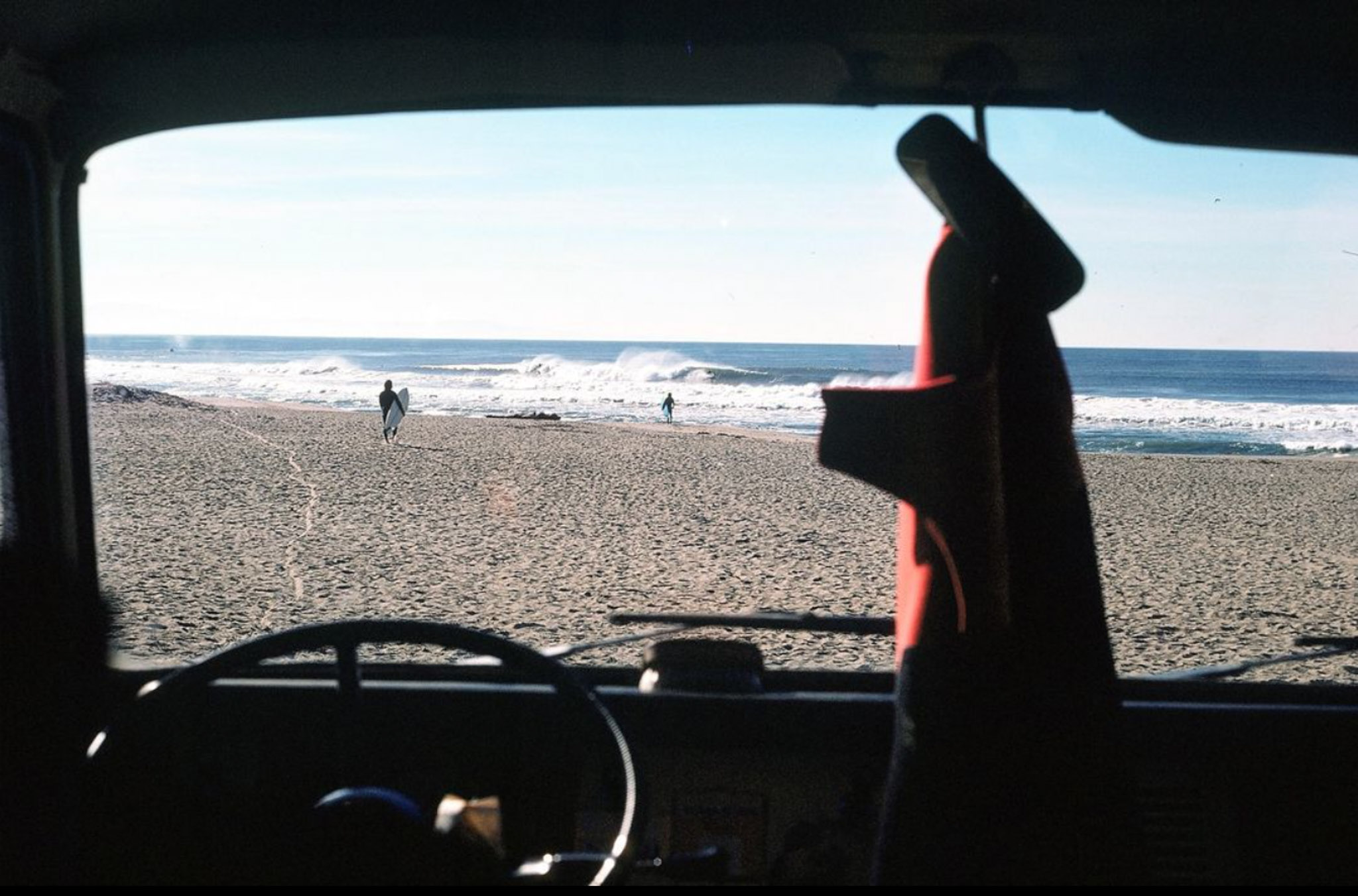




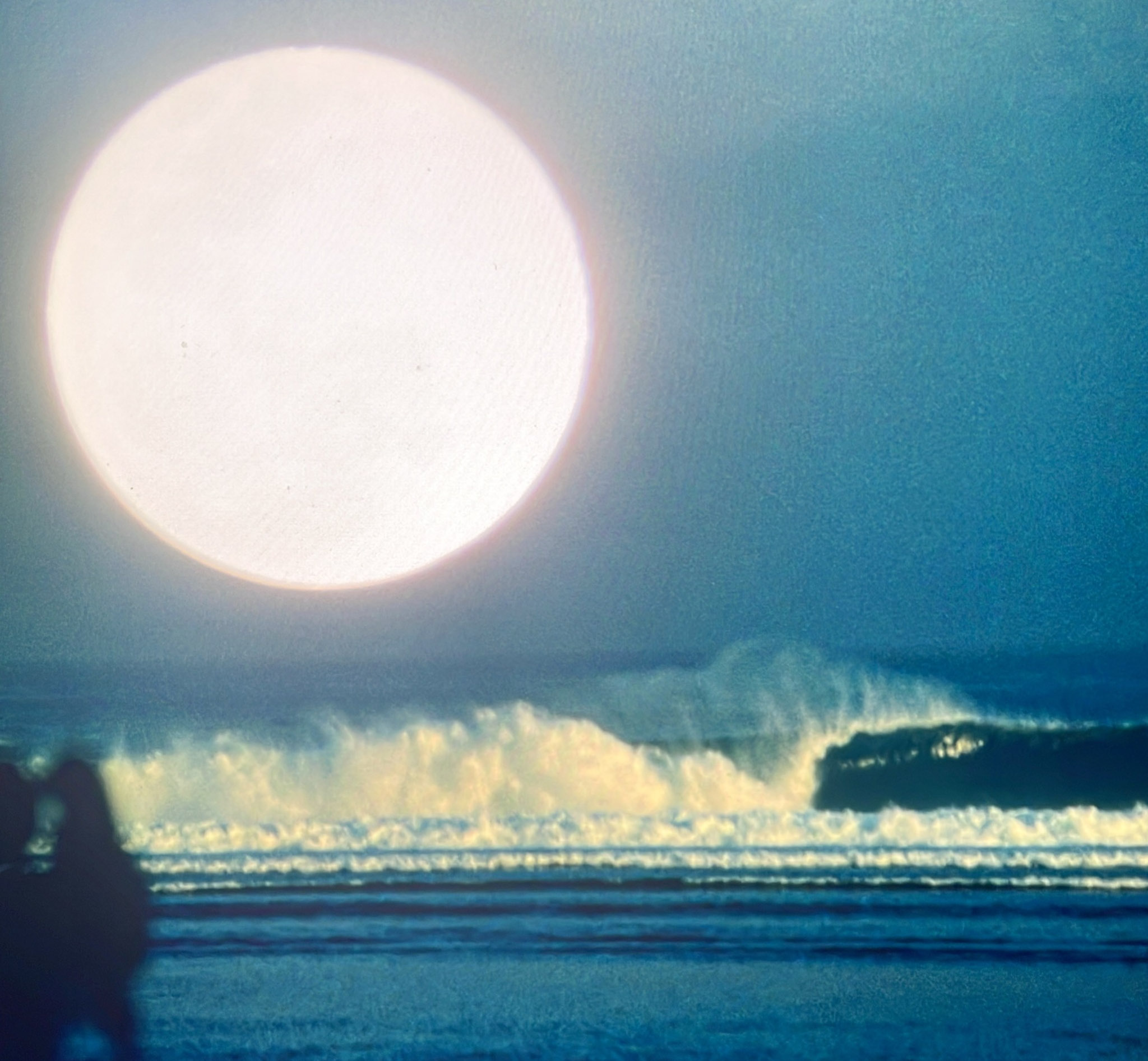

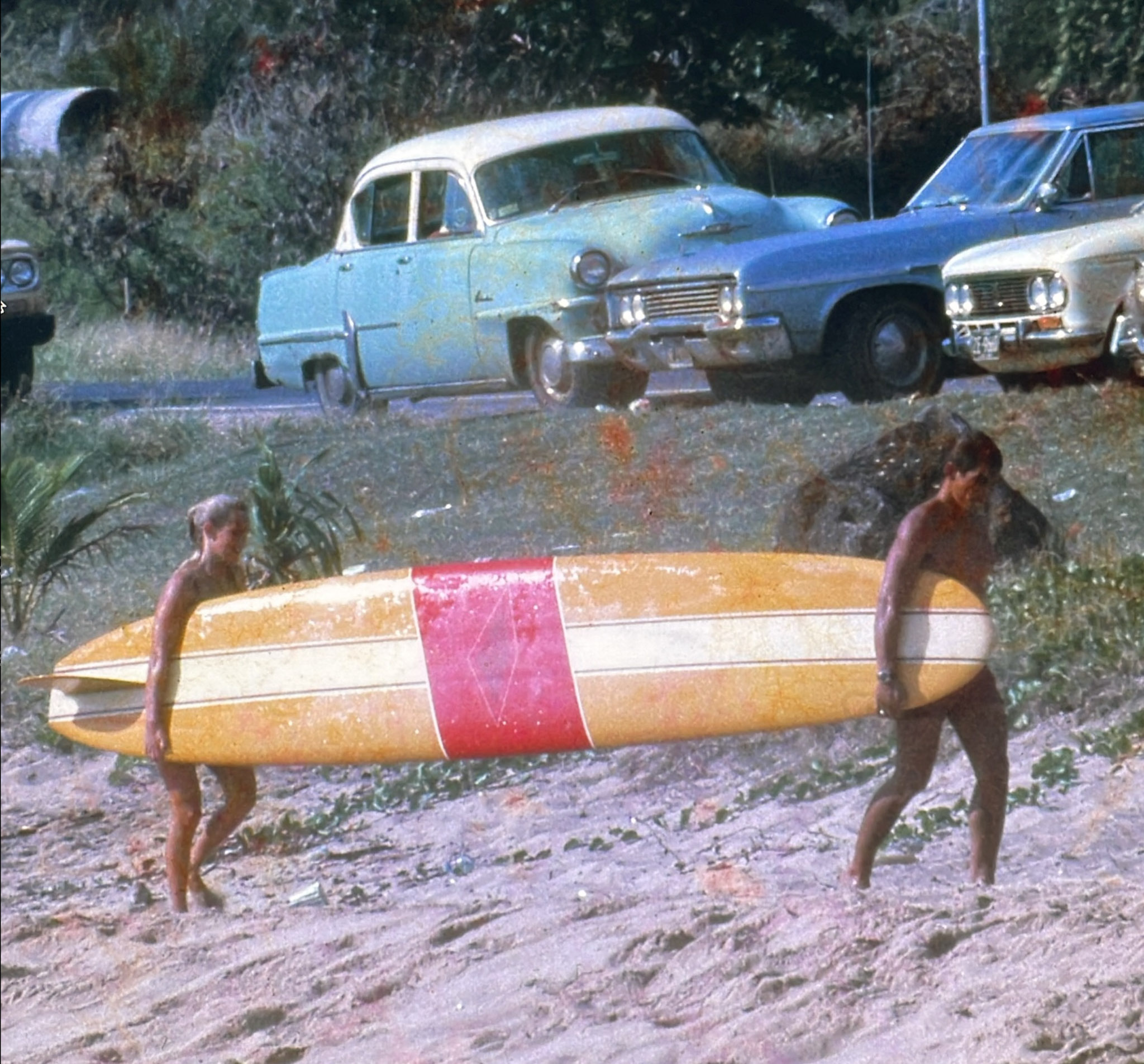





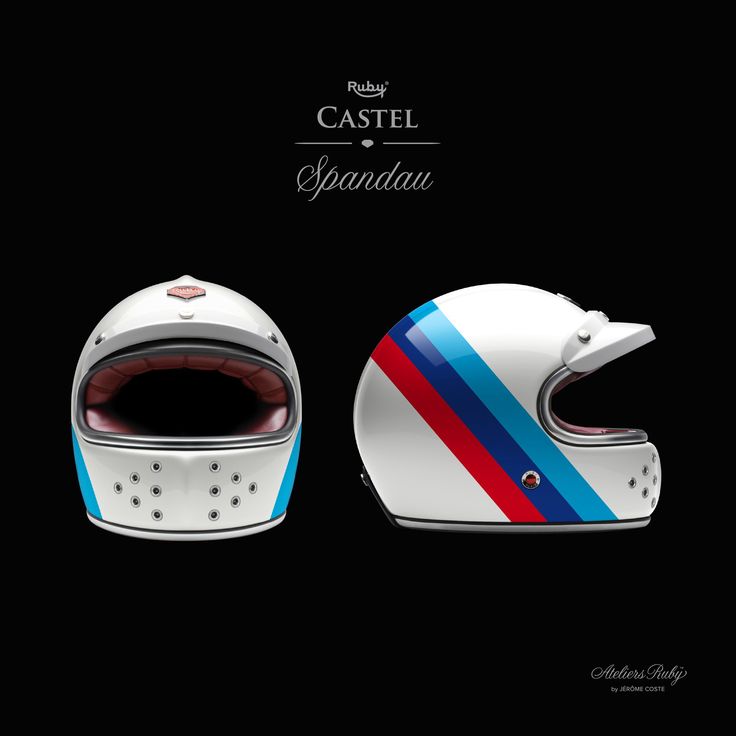
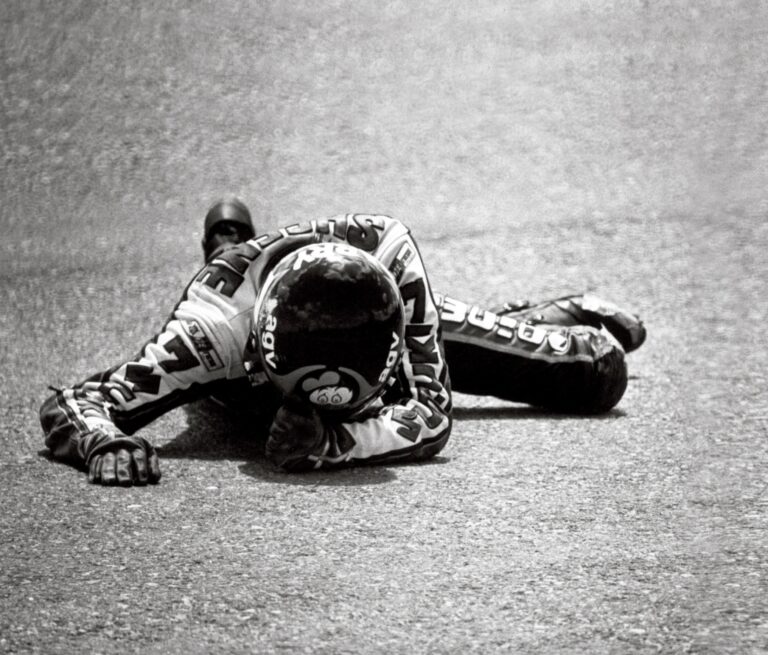









Commenta con Facebook